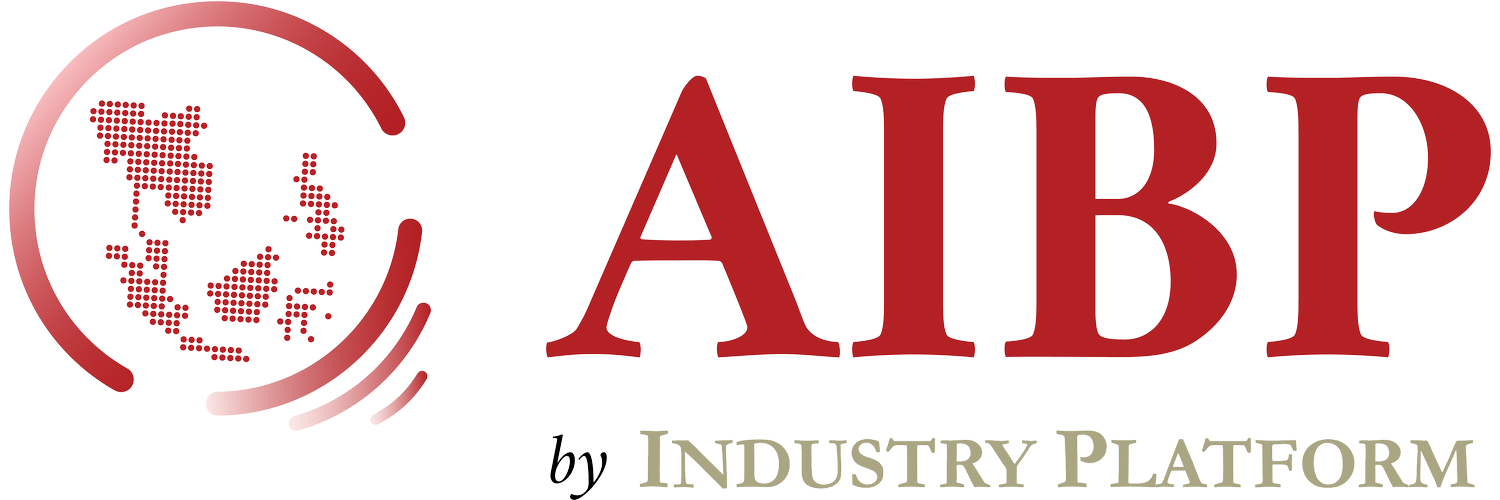AIBPxMDEC Networking and Focus Discussion on Technology Prioritisation & Cost Cutting for Supply Chain Efficiency in Malaysia.
Drawing from the perspectives of transformation leaders from sectors including manufacturing and distribution and logistics, the focus discussion on Cutting Costs for Supply Chain Efficiency in Malaysia co-hosted with Malaysia Digital Economy Corporation (MDEC) and supported by Oracle addressed key challenges and their journey in increasing supply chain efficiency with digitalisation and digital transformation.
Key insights include
Reconciling strategic direction and problems on the ground: What problems are the frontline employees facing?
Change management: Change-is-the-constant mindset
Autocratic and democratic approaches to change and digital adoption
The application of new technologies along the supply chain
Reconciling strategic direction and problems on the ground: What problems are the frontline employees facing?
In getting support for digitalisation projects for the business, getting the buy-in from both the management and ground staff are essential. At the management level, returns-on-investments may be justified by increased efficiency and cost reduction among other things. However, for the actual users and implementers of new technology and processes, it requires actual demonstration of benefits for their day-to-day responsibilities.
At Pharmaniaga Berhad , a pharmaceutical manufacturer, data for demand planning to manage uncertainty for the supply chain is critical to ensure drug supplies for the healthcare sector, where it may sometimes take up to 6 months to acquire materials required.
A lack of comprehension regarding the tangible benefits of new digital systems poses a significant barrier. Sometimes, there exists a disconnect between new systems and their perceived relevance to actual problems faced by employees. Identifying and addressing grassroots-level challenges is crucial to secure the acceptance and successful integration of technological advancements. An actual demonstration of technology making their jobs easier helps them with understanding the need for change.
Pos Malaysia Berhad is looking to implement a digital platform to digitalised their procurement process. However, it needs to consider staff that has been in the organisation for the past 20-30 years who are biased towards the status-quo.
Limited digital awareness, literacy and access to technology was also brought to the fore. Concerns regarding the potential displacement of jobs by emerging technologies such as artificial intelligence and automation were also highlighted, emphasising the importance of upskilling the current workforce in response to evolving occupational demands.
During Cement Industries of Malaysia Berhad (CIMA) 's implementation of a fleet management system, where some drivers initially lacked or could not afford smartphones, which impeded the adoption of the new system. Consideration from the management to enable digital literacy and access to technologies - smartphones in this case - contributed to the success of the project.
The discussion also highlighted the increase in anxiety levels among the blue-collar workforce in the face of change and digital transformation, but subsequent productivity and health data demonstrated benefits in adoption behaviour among the workers involved.
Change management: change is the constant
In deliberations on change management, several delegates mentionedthe necessity of embedding change as an enduring element of organisational culture to facilitate successful digital transformation.
Normalising change in the organisation involves keeping the team consistently engaged in efforts to enhance and refine their workflows. Such an approach fosters adaptability among employees, rendering them more resilient to the ceaseless evolution of business and technology landscapes.
For AEON Group Malaysia as a retailer, demand forecasting is most important. However, following the COVID-19 pandemic and the new normalisation for shopping behaviour, the existing demand forecasting models became less applicable. The retailer is exploring technologies including gen AI as well.
ZALORA Group has much less legacy as a relatively new digitally-native online retailer, where solutions for the organisation are built from scratch. AI embedded in search tools on the platform can also be used in demand planning.
Empowering employees to initiate their own projects aims to nurture employee problem-solving skills and skill development through comprehensive training programs. This grassroots approach enables employees to drive change from within, instilling a mindset where continuous improvement is second nature.
In essence, the discussions converged on the notion that for digital adoption to thrive, organisations must cultivate a culture where change is habitual, and employees are both equipped and motivated to perpetually refine processes through ongoing learning and problem-solving.
Autocratic vs democratic approach to change and digital adoption
strategic direction be established autocratically through clear metrics and targets, while simultaneously engaging employees democratically. This involves addressing their concerns and problems, thereby securing their acceptance of the changes.
What is the available time frame for a project? It was mentioned that democratic methods, while fostering greater buy-in, are more time-consuming, whereas autocratic approaches can expedite the change process. Leadership commitment was underscored as essential for driving digital transformation, in instances where full buy-in from leadership was crucial for successful adoption.
Umang Varma, Director Solution Engineering, Oracle APAC, mentioned an instance where they worked with an aircraft manufacturer which had delayed deliveries of up to 2 years, and the management team decided that they needed to move the entire organisation onto a uniform platform to increase order delivery efficiency. More importantly, in the increasing emergence of AI technology, businesses must keep up to date and be gen-AI ready, with digital tools and platforms ready for embedding new technologies.
Closing off the discussion, Ir. Dr. Karl Ng , MDEC emphasised the importance of leadership commitment, employee training, performance metrics, and demonstrating tangible results were highlighted as critical elements for managing organizational change towards digital adoption.
If you're interested in gaining more insights into the innovation journey of enterprises in the region or if there are specific topics related to digitalization you would like to explore further, feel free to reach out to us via direct message or at aibp@industry-platform.com.
This article was originally written and posted by Valerie Tan

